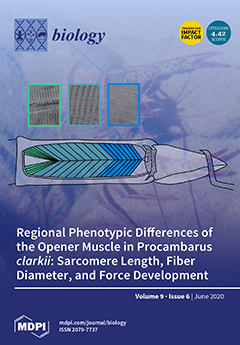Background: Hepatic stellate cell (HSC) activation is essential for the development of liver fibrosis. Epigenetic machinery, such as DNA methylation, is largely involved in the regulation of gene expression during HSC activation. Although the pharmacological DNA demethylation of HSC using 5-aza-2′-deoxycytidine (5-aza-dC) yielded an antifibrotic effect, this drug has been reported to induce excessive cytotoxicity at a high dose. Hydralazine (HDZ), an antihypertensive agent, also exhibits non-nucleoside demethylating activity. However, the effect of HDZ on HSC activation remains unclear. In this study, we performed a combined treatment with 5-aza-dC and HDZ to obtain an enhanced antifibrotic effect with lower cytotoxicity. Methods: HSC-T6 cells were used as a rat HSC cell line in this study. The cells were cultivated together with 1 µM 5-Aza-dC and/or 10 µg/mL of HDZ, which were refreshed every 24 h until the 96 h treatment ended. Cell proliferation was measured using the WST-1 assay. The mRNA expression levels of peptidylprolyl isomerase A (
Ppia), an internal control gene, collagen type I alpha 1 (
Cola1), RAS protein activator like 1 (
Rasal1), and phosphatase and tensin homolog deleted from chromosome 10 (
Pten) were analyzed using quantitative reverse transcription polymerase chain reaction. Results: The percentage cell viability with 5-aza-dC, HDZ, and combined treatment vs. the vehicle-only control was 101.4 ± 2.5, 95.2 ± 5.7, and 79.2 ± 0.7 (
p < 0.01 for 5-aza-dC and
p < 0.01 for HDZ), respectively, in the 48 h treatment, and 52.4 ± 5.6, 65.9 ± 3.4, and 29.9 ± 1.3 (
p < 0.01 for 5-aza-dC and
p < 0.01 for HDZ), respectively, in the 96 h treatment. 5-Aza-dC and the combined treatment markedly decreased
Cola1 mRNA levels. Accordingly, the expression levels of
Rasal1 and
Pten, which are antifibrotic genes, were increased by treatment after the 5-aza-dC and combined treatments. Moreover, single treatment with HDZ did not affect the expression levels of
Cola1,
Rasal1, or
Pten. These results suggest that HDZ sensitizes to the antifibrotic effect of 5-aza-dC in HSC-T6 cells. The molecular mechanism underlying the sensitization to the antifibrotic effect of 5-aza-dC by HDZ remains to be elucidated. The expression levels of rat equilibrative nucleoside transporter genes (
rEnt1,
rEnt2, and
rEnt3) were not affected by HDZ in this study. Conclusions: Further confirmation using primary HSCs and in vivo animal models is desirable, but combined treatment with 5-aza-dC and HDZ may be an effective therapy for liver fibrosis without severe adverse effects.
Full article






